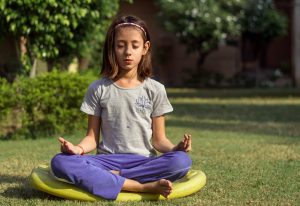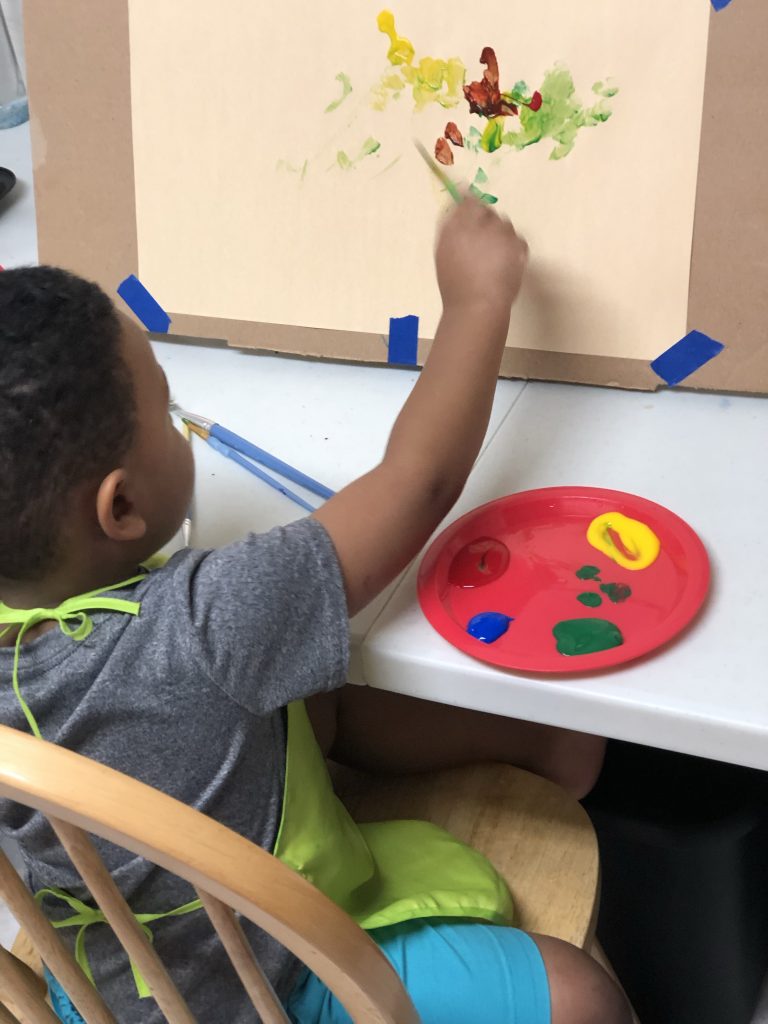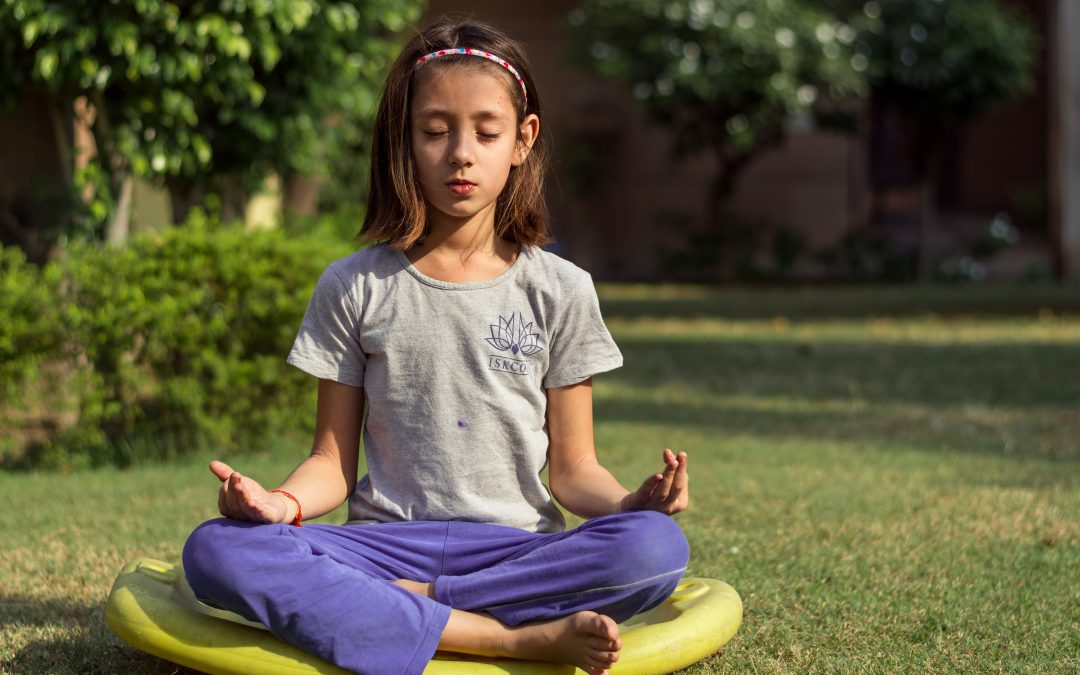By Shay Stinson
One of the key parts of delivering therapeutic services to children and families is one-on-one contact during home visits. We are currently in a global health crisis that requires social distancing—a concept that’s new to most people— in order to prevent the spread of the corona-virus. Although technology is extremely helpful right now with cutting down on the spread of COVID-19, some social workers, family support workers, and case managers still must have in-person contact with their clients. But how do they do this without compromising their health and the health of their clients? The challenge that most people are faced with now is staying connected during social distancing. Here are a few suggestions for connecting and activities for when you must have face-to-face contact while following current health precautions.
Technology

Staying connected is easier than ever with updated devices and apps. (Photo Tim Bennett Unsplash)
As mentioned earlier, technology is allowing many professionals a way to maintain a safe distance while being in contact. There are several apps and platforms that allow users to have face-to-face contact through technology, including Zoom, Skype, and WhatsApp. Facebook Messenger and Instagram offer video calling and allow users to add in several people to one video call, which is perfect for visitations between biological family members and conducting pertinent meetings. Find other apps similar to these in your phone’s App Store.
You can even use basic technology features on a smartphone to stay connected. Emails and text messages are easy methods for contact. For foster children still developing life skills, these features are also great ways to teach social skills, basic living skills, and educational lessons. You can use text messaging to teach children spelling and communication as they interact socially with their peers.
Also, there are educational apps and tech tools purely for fun that allow you to add friends. So, you’re able to play or learn with someone else simultaneously. Examples of apps and sites that allow you to play and learn along with friends are Duolingo, Words With Friends, and Netflix Party. Gaming systems like Sony PlayStation and Xbox allow gamers to connect globally and even have visual contact in real-time. This would be a great way for children to maintain social interactions with their peers with proper supervision.
Recreational Activities

Children can learn mindfulness and self-care for stress through the practice of yoga. Photo by Jyotirmoy Gupta on Unsplash
There are many recreational activities that allow you to be connected yet physically distanced. Some of those activities can be opportunities to teach lessons on various life topics like self-care and emotional wellness. Yoga is popular as a means of therapeutic meditation as well as physical exercise. Recent studies show that yoga as a complementary therapy can have positive results for children with diagnoses such as ADHD.
With the added benefits of vitamin D absorption, fishing is a great way to teach basic living skills and spend one-on-one time with a child to deliver therapeutic services. Other recreational activities that allow physical distancing include walking, running, bicycling, video games, backyard picnics, or exploring nature trails. Gardening and horticulture are other outdoor activities that can be used therapeutically and to maintain contact with a foster family. Planting and gardening have a healing effect and can be used to teach lessons on life and love.

Arts and crafts is a great way to allow your children to openly express thoughts and feelings through creativity. (Photo Shay Stinson)
Arts and Crafts
Art is a category that allows for infinite possibilities for being creative. Finding age-appropriate projects is what will make this activity enjoyable for any age. There are websites and apps that allow users to share and create projects and idea boards. YouTube is a popular website and app that can be used to find tutorials and videos on arts and crafts projects. Pinterest is a website and app used for idea boards and sharing instructional information.
Discovering your child’s interests and finding ways to connect with them through arts and crafts can be a way to assist them with achieving great milestones. For example, building a model airplane is a way to teach patience and the importance of following instructions. There are many life skills that can be taught through arts and crafts. Here’s a list of 23 DIY (do it yourself) craft websites to check out: https://bit.ly/3aEU20M.

Brothers of the Woolfolk family enjoy a relaxing porch sitting session on the grounds of the Grandma Home House Retreat where they were taught the most valuable life lessons they carry still today. Pictured left to right; Tommy Woolfolk, John Woolfolk, SFH CEO Abdul Seraaj (standing), Van Woolfolk, and Lassie Woolfolk)
Good ‘Ole Southern Porch Sitting
Being creative while delivering child welfare services may be a new challenge but it is achievable. There are traditional ways of maintaining contact that are tried and true like porch sitting. In rural areas, many families gather on the porch at various times in the day and this is where many life lessons are taught and exchanged. Taking walks and having meaningful conversations are as simple as a decent pair of shoes. Get out there and be creative, while keeping your social distance!

